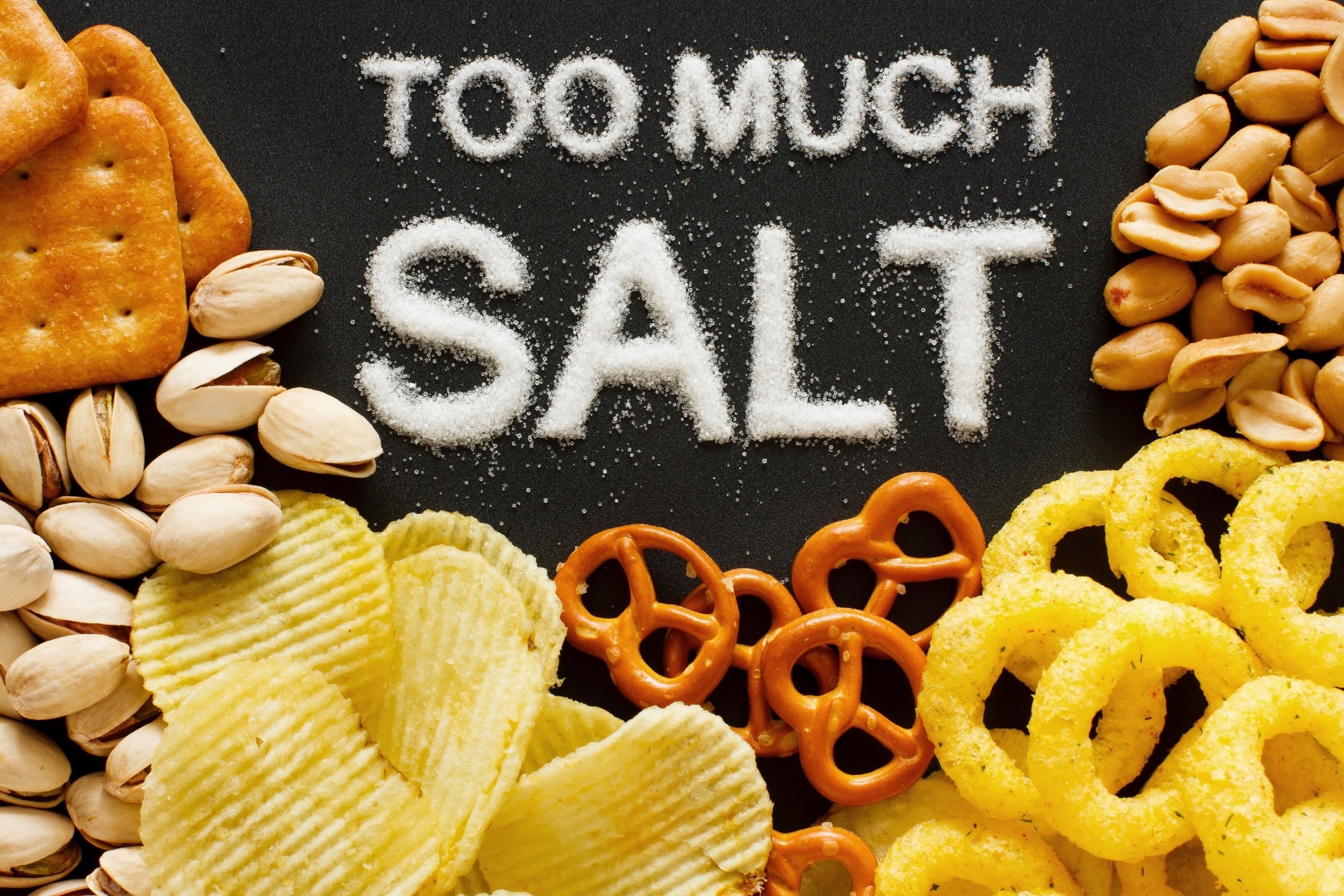In a recent study published in the journal Advances in Nutrition, researchers in the United States explored the challenges and strategies facing the food service industry in reducing sodium content.
Most Americans consume far more sodium than is healthy, increasing their risk of high blood pressure and heart disease. About 55% of the food budget is spent on foods prepared and consumed away from home (FAFH). Restaurants, offices, college campuses, military bases, and senior centers are just some places where these meals are served. Attempts to lower sodium levels in prepared and sold foods have met several challenges. Despite these obstacles, many effective methods have been used to reduce sodium content in FAFH.
 Perspective: Challenges and Strategies to Reduce the Sodium Content of Foods by the Food Service Industry. Image Credit: Evan Lorne / Shutterstock
Perspective: Challenges and Strategies to Reduce the Sodium Content of Foods by the Food Service Industry. Image Credit: Evan Lorne / Shutterstock
Challenges in sodium reduction in foods
A survey of almost 6,122 US adults found that while 52% of respondents preferred low sodium/salt menu selections when dining out, only 6% actually asked for them. Customers choose a restaurant most often for the deliciousness of the cuisine, whereas just 29% select a restaurant for its healthfulness. Since it has the reverse effect of increasing consumer demand, food service businesses rarely promote "healthy" or "reduced sodium" choices. Because of this, businesses frequently lower the sodium level of their products without consumer awareness. As a result, workers in the food service industry are under pressure to prepare and serve items with less sodium.
Large food service operations may have trouble finding enough low-sodium food to meet demand. Bread and bread products are a common FAFH because people eat them with all items ranging from burgers and chicken sandwiches to pizza and breakfast sandwiches, and they're also delicious when eaten alone. The results of a number of studies demonstrate that a reduction in the sodium content could be up to without considerably affecting consumer acceptability. Therefore, this feasible adjustment would significantly contribute to lowering sodium intake. Manufacturers may be persuaded to reduce sodium in bread goods in response to such data and requests from food service operators for such items.
Methods for lowering sodium content in meals
Replacement with alternatives
Food service businesses can help lower the amount of sodium in their customers' diets by modifying and creating new dishes that incorporate flavor enhancers. Sodium-replacement ingredient testing has been the subject of extensive study. One strategy for developing a sodium substitute involves altering the crystal structure of the sodium molecule to produce a salt crystal that is both larger and coarser.
Some examples of taste enhancers are glutamates, herbs and spices, amino acids/peptides, and umami substances. Bread, sauces, condiments, meats, savory snacks, and mixed dishes can all likely have their salt content reduced with the help of flavor enhancers.
Instruct kitchen staff on how to make low-sodium dishes
One tactic for making lower-sodium menus is to teach and educate the culinary staff used by food service establishments to create such dishes. The reduction of salt in meals has been aided by collaborations between food service businesses and culinary schools. Within four years of the start of this partnership, a total of 12% of sodium had been removed from the menus of the US member companies. Salt reduction instruction for chefs has also been shown to be effective in countries outside the United States.
Promotion and display of low-sodium foods
Changing the built environment to better facilitate the purchase of lower sodium foods by improving their availability, location, marketing, and promotion may enhance sales. It has been found that 48% of consumers substitute snacks for meals at least three to four times per week, with health concerns playing a role in the decision-making process for 50% of those occasions. Mini-meals based on nutrient-dense, low-sodium snacks are a great option for many non-retail situations.
Conclusion
The study findings showed that sodium reduction and the provision of lower-sodium options can be challenging for food service providers due to restrictions and real-world issues. Maintaining sales and enhancing population health should be complementary goals. It is crucial to consider the following factors when working with food service providers to lower sodium levels: ingredient availability; professional culinary training; consumer preference; flavor; food safety; and general concerns about costs.
The restaurant and catering sectors have made strides in lowering the sodium level of their offerings. The solutions offered have the ability to affect the FAFH salt concentration across food service venues and, by extension, the American diet and cardiovascular risk, although there is still much space for improvement.